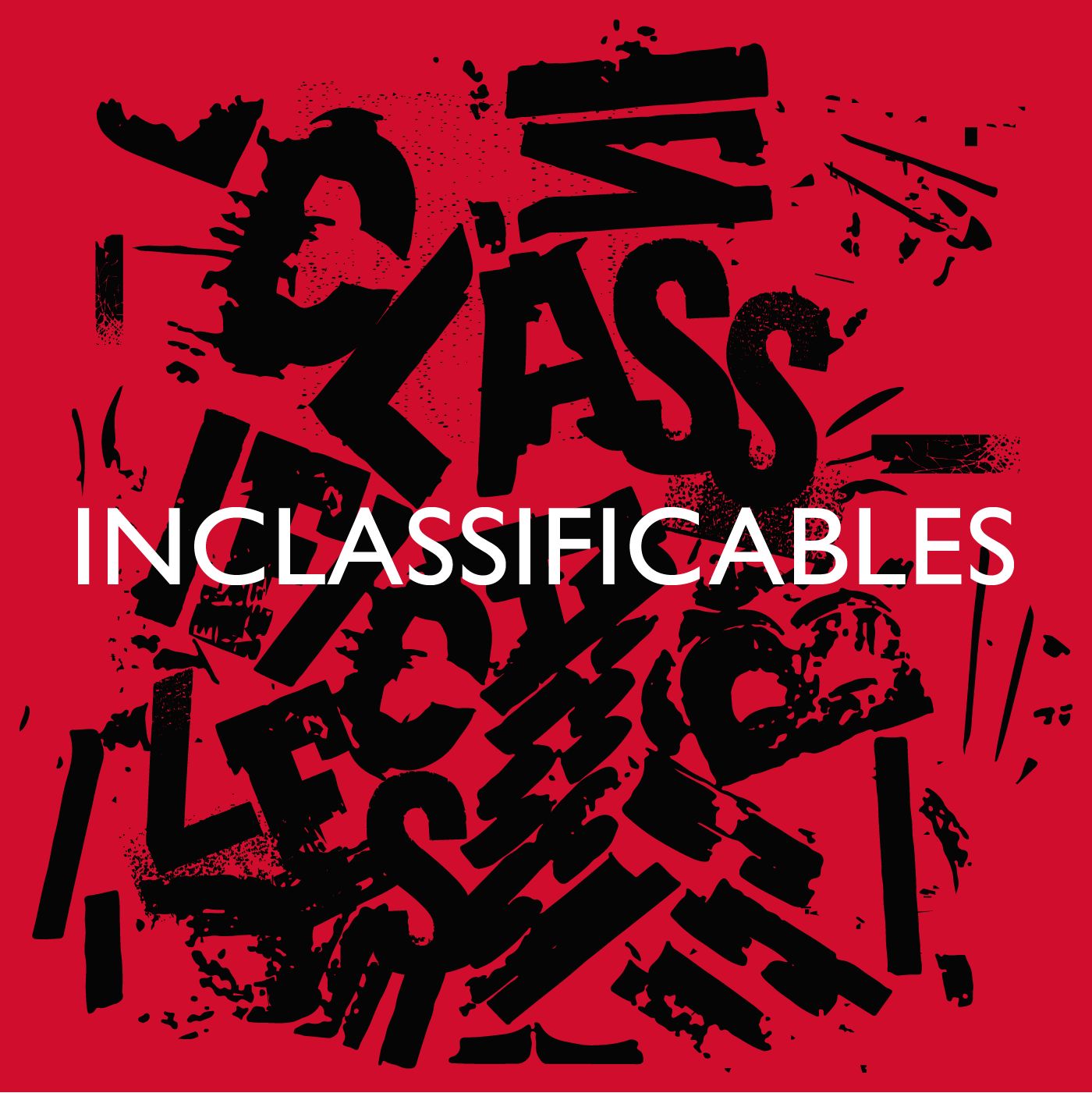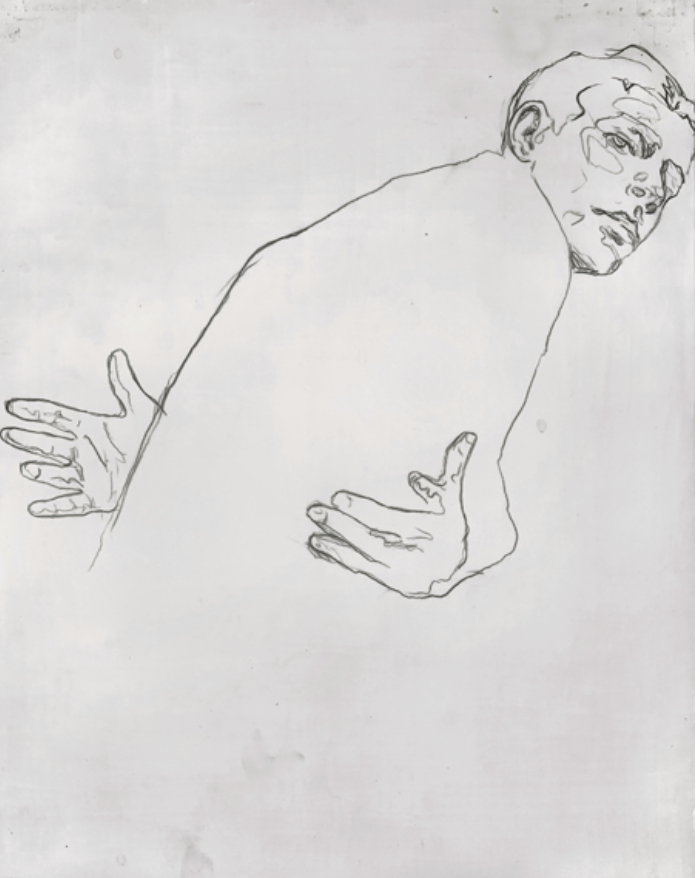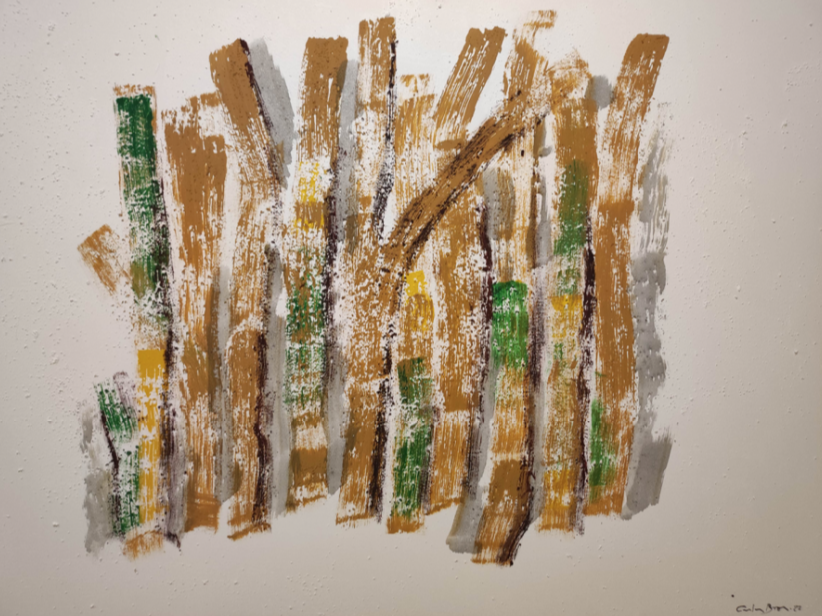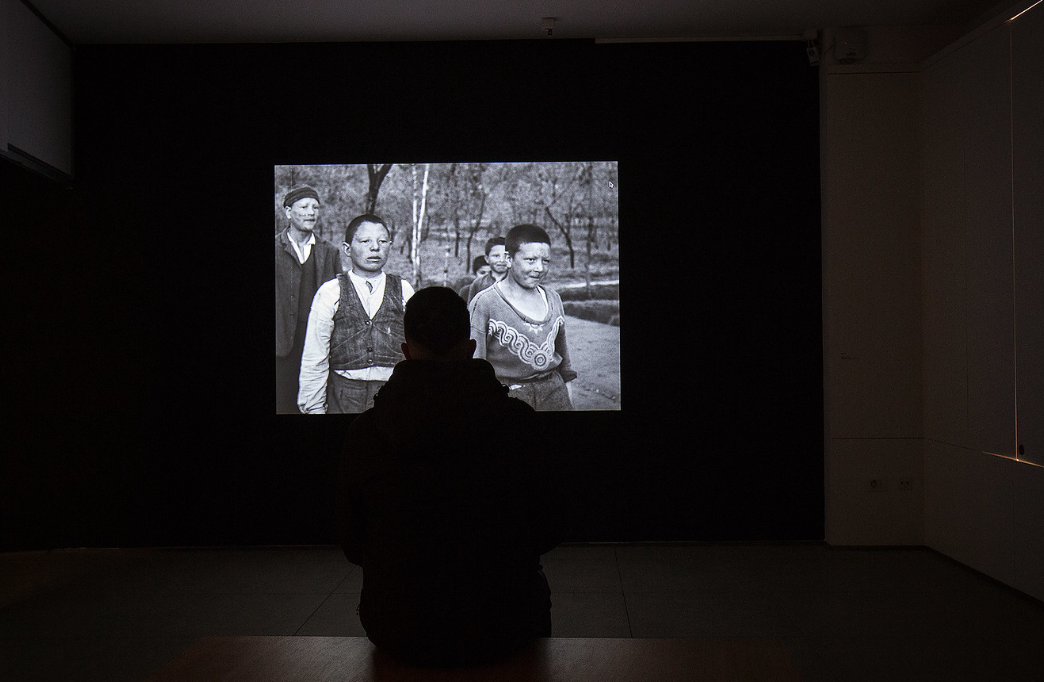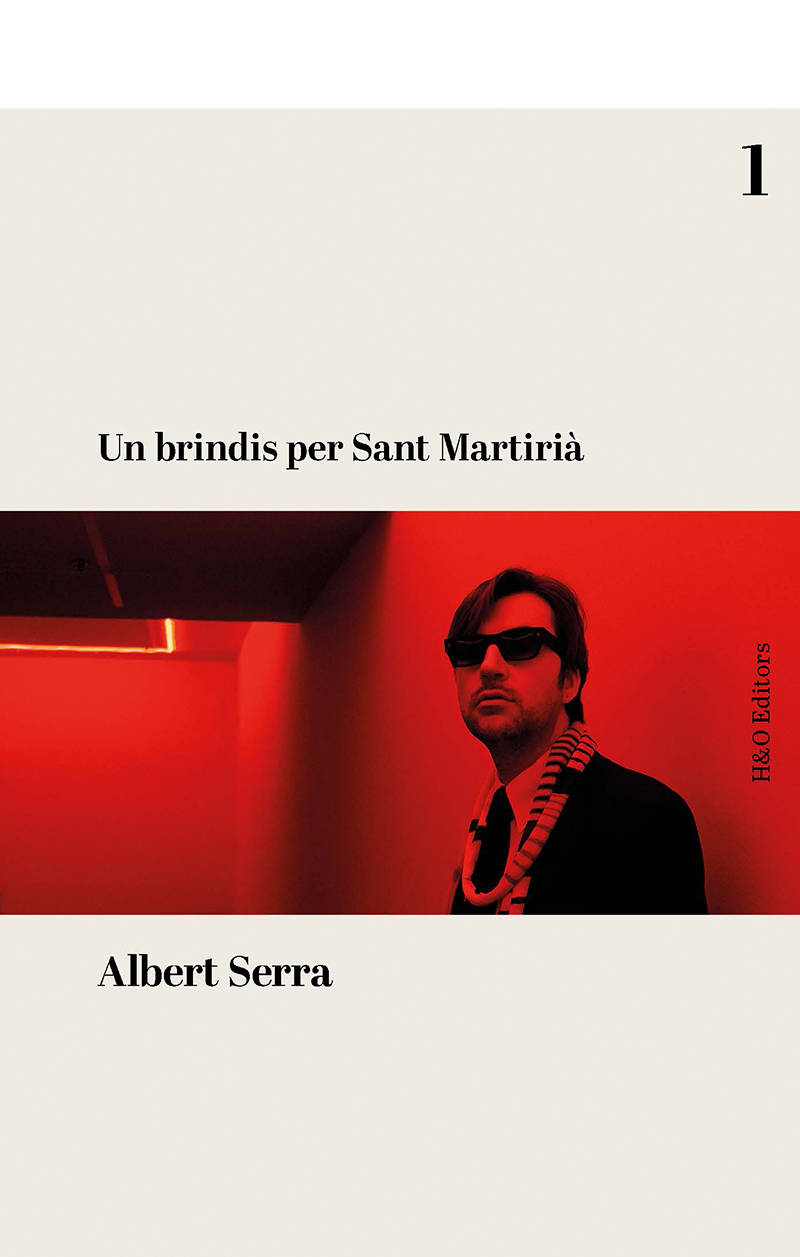Exhibitions
"Costa Brava. The discovery of paradise. 1870-1936" begins a trilogy dedicated to the northern Catalan coast at the Girona Art Museum
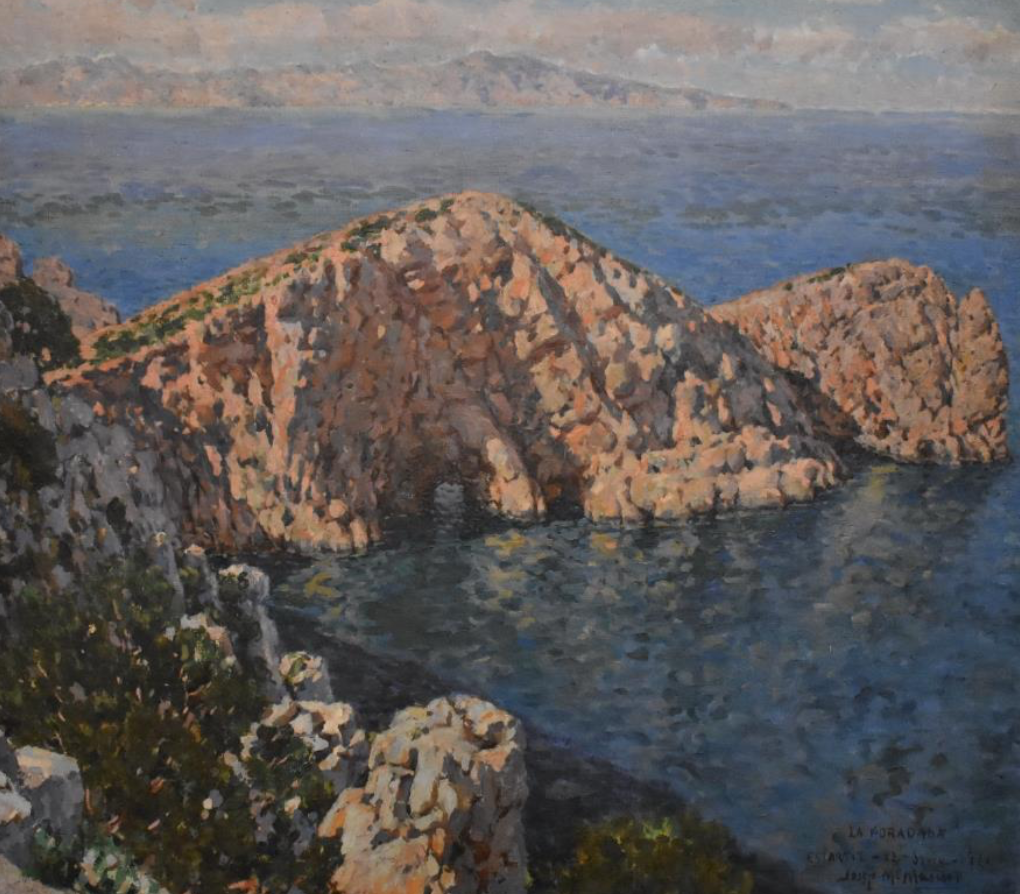
The Girona Art Museum opens the Costa Brava exhibition on April 15. The discovery of paradise. 1870-1936, dedicated to the contribution that the art world made to the birth and consolidation of the Costa Brava tourism brand of the art world. The exhibition proposal is split into two complementary shows, the one now opening at the Girona Art Museum, From Blanes to Cap de Creus, identity of a landscape, and a monographic one, under the title When Cadaqués was a party , which will take place at the Museu de l'Empordà in Figueres from April 29.
Both exhibitions, curated by the art historian Mariona Seguranyes, are the result of more than three years of research and are dedicated to the artistic discovery of the northern Catalan coast and the contribution made by the art world it led to the birth and consolidation of the Costa Brava tourism brand.
The one at the Girona Art Museum, arranged geographically, explores this fact with more than sixty paintings and documents by nearly 50 artists who, from 1870 to 1936, made the Costa Brava a subject of their work and, in some cases, the embodiment of an ideal.
The works come from numerous private collections and institutions in the country, such as the National Museum of Art of Catalonia, Museo Nacional Centro de Arte Reina Sofía, Madrid, Museo Sorolla, Madrid. Museo Carmen Thyssen Málaga or the Royal Catalan Academy of Fine Arts of Sant Jordi. And there is also documentation from the Library of Catalonia, Biblioteca Carles Fages de Climent de Figueres and the various archives of the various towns on the Costa Brava, such as Blanes Archive, Palafrugell Archive, Tossa de Mar Archive, among others
From the Costa Brava to the Costa Brava, the identity of a landscape
Everyone seems to agree that the toponym Costa Brava has a specific date of birth, 1908. The article "For the Costa Brava" by the lawyer and politician Ferran Agulló, signed with the pseudonym Pol and published in the newspaper "La Veu de Catalunya", on September 12, 1908, he was its first speaker. Since then, in the context of the construction of references for the country and in parallel with the political and cultural movement of the Noucentisme, the identification of this territory began to be constructed, which Agulló himself defined "from Tordera to Cape de Creus, and following Port de la Selva to Banyuls", with what would end up being a successful tourist brand.
But in the identification of the landscape with the Costa Brava brand, artists also contributed, very notably. They participated and were, some actively and consciously or accidentally and tangentially the others, builders of what we know today and have fully integrated as the Costa Brava.
The exhibition, through 6 exhibition areas, retraces the birth of the Costa Brava concept and highlights how the artists nurtured it through their works.
The first deals with "The Costa Brava before the Costa Brava" with a rich selection of works by artists, landscapers and pleinairists, who visited the north coast looking for inspiration before it was named the Costa Brava. Examples are the cartoonists Lluís Rigalt or Hedwige Alphonse Delamare, and the landscape designers Modest Urgell, Baldomer Galofre, Joan Roig i Soler, Jaume Vilallonga, Fèlix Mestres or Francesc Miralles. From this first area, a drawing notebook, hitherto unpublished, by Ramon Martí Alsina, which bears witness to the artist's stay in Sant Feliu de Guíxols in 1892, or the painting Coast with cliffs and shellfish , by the Thyssen collection, a landscape of Cap de Creus, which has now been identified as the Rec de la Calç, in Cala Jóncols and which is direct evidence of Martí Alsina's passage through Cap de Creus.
From the area "An ideological baptism" stands out a letter and a postcard by Bonaventura Sabater addressed to Eugeni d'Ors, written in 1915 and 1916 respectively from the Paradís estate, in Fornells, which indicates this space as one of those closely linked with the Costa Brava.
The area "Painters on the Costa Brava. Constructors d'identitat", is dedicated to all those artists who contributed to the imaginary creation of the Costa Brava and its dissemination. On the one hand, there are artists who create their works consciously in the line of idealizing Hellenic roots and country identification with this part of the coast linked to the initial ideology of Costa Brava, sister of the noucentista, such as, among others, Joan Llaverias, Joan Junceda, Nicolau Raurich, Joan Llimona or Joan Colom. Artists are also gathered there who, once they have produced their work, critics or writers identify what they have painted as Costa Brava. This is the case of Joaquim Mir, Francesc Gimeno, Baldomer Gili Roig or Josep Mompou, among others. An unpublished photograph of the surroundings of Mas Juny with Josep Maria Sert, Salvador Dalí, Gala and Dorothy Webster, wife of Nicholas Woevodski, among others, brings us what the Costa Brava was in the thirties, a meeting point in the area of Europe.
Independently, there are the areas of the other two artistic foci of great relevance on the Costa Brava, Tossa de Mar and Cadaqués, Cap de Creus. At these two points of artistic confluence, a whole series of creators are present who go there, completely outside the concept of country, purely in search of light and nature. This is the case of those who choose the path of the old guard like Dalí, Picabia or Masson who end up in these towns on the Costa Brava because of friendships between the painters themselves or because there were already promotion channels for the Costa Brava and hotels run by foreigners that facilitated communication routes through Europe, as is the case in Tossa de Mar.
The exhibition closes with the area "Destruction of paradise. The first cries of warning” dedicated to the pro-Costa Brava conference of 1935, from which the Patronat de la Costa Brava emerged, with the aim of protecting it and putting limits on its growth. But unfortunately the Civil War destroyed all these good intentions. Rafael Benet's words, written on the occasion of the Pro-Costa Brava conference, close the show: "No big hotels. No overly complex plantations. The Costa Brava does not want noise. A little more hygiene: a little more politeness and enough".
Two exhibitions and a catalogue
Costa Brava. The discovery of paradise 1870-1936 is a project, conceived and led by the Girona Art Museum and shared with the Empordà Museum, which is divided into two exhibitions, one in Girona and the other in Figures. The two exhibitions share a graphic image, museographic design and a single catalogue, the first of the exhibition trilogy, which will collect all the works from both exhibitions, that of the Girona Art Museum and that of the Museu de l'Empordà in Fig trees
The catalog incorporates texts by the curator and art historian, Mariona Seguranyes and also by the art historians Susanna Portell and Gloria Bosch, those dedicated to the Tossa de Mar of the early 20th century, pole of attraction of relevant European artists during the period between the world wars.
With the aim of expanding the information and experience at the exhibition, a free audio guide has been produced with which you can delve into the world of both exhibitions, that of the Girona De Blanes Museum of Art in head of Creus, identity of a landscape , and the one exhibited in the Museu de l'Empordà de Figueres When Cadaqués was a party .



